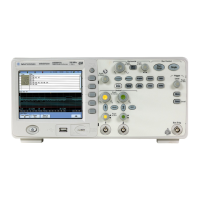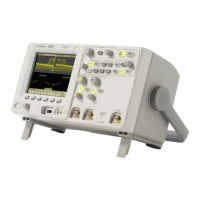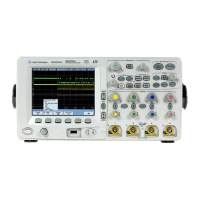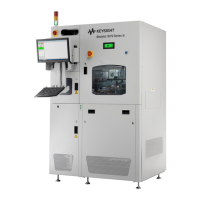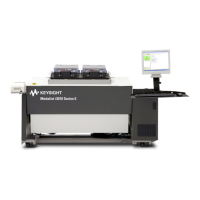Chapter 5 Straightness Measurements
Mounting and Aligning Optics for X-Axis or Y-Axis Measurements
5-14 Measurements Reference Guide
5 If you plan to make a straightness measurement in a vertical plane,
loosen the rotation screw (Figure 5-8), rotate the reflector 90 degrees, and
tighten the screw.
6 Place the reflector assembly on the target machine as shown in Figure 5-3.
Make sure the reflector assembly is no closer than:
• 100 mm (4 inches) to the interferometer for short range measurements
• 900 mm (36 inches) for long range measurements.
This ensures that the two beams from the interferometer strikes the
reflector properly. Each of the two beams must strike one of the mirrors in
the reflector (Figure 5-3, 5-4, or 5-5).
NOTE Although the mounting assembly provided with the reflector provides
considerable mounting flexibility, there may be some situations when you
need added flexibility. Figure 2–12 shows how you can use additional
hardware to increase flexibility.
Aligning the optics
Make sure the large aperture is in place over the laser head’s upper port.
Then, follow these steps:
1 Set the laser head’s turret ring to OTHER.
2 Visually align the laser head so it is parallel to the machine’s travel path.
Position it so that the beam strikes the center of the interferometer’s
window.
If you cannot see the beam, hold a piece of paper in front of the
interferometer.
3 Adjust the interferometer or translate the laser head so the beam passes
through the target’s hole and is perpendicular to the interferometer.
You can adjust the interferometer assembly by moving the spindle up or
down or rotating it left or right.
